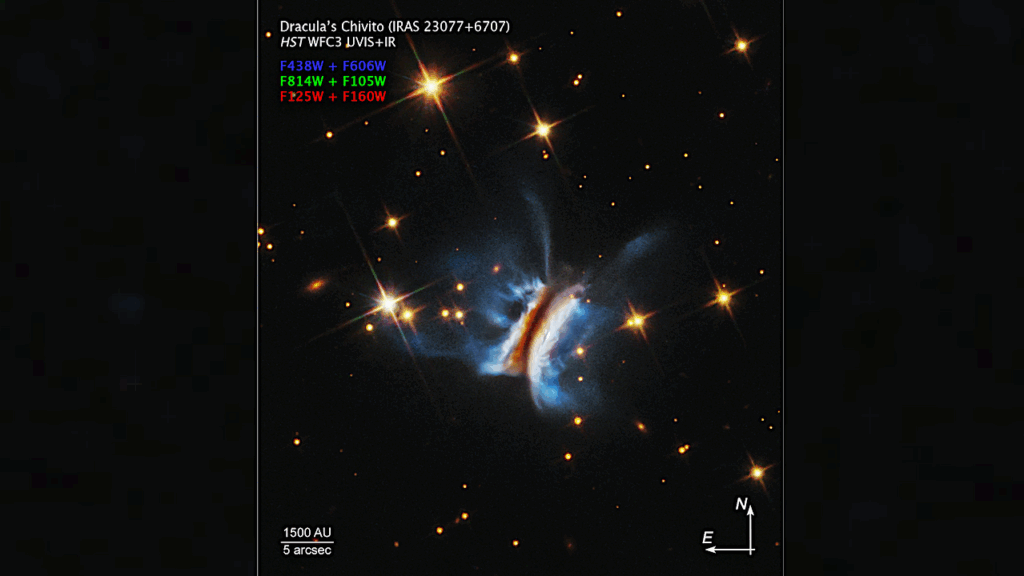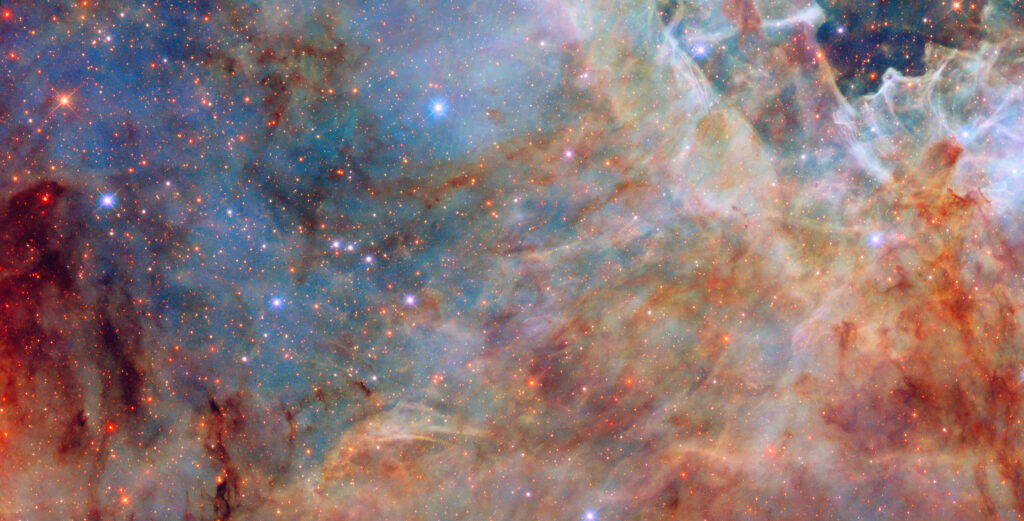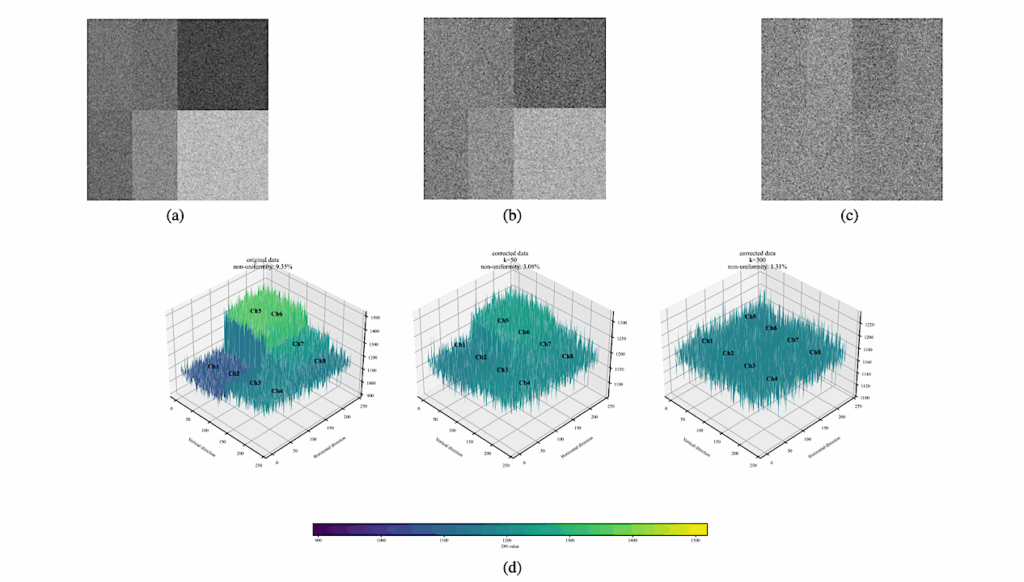ESPRESSO on VLT: An Instrument For Exoplanet Research
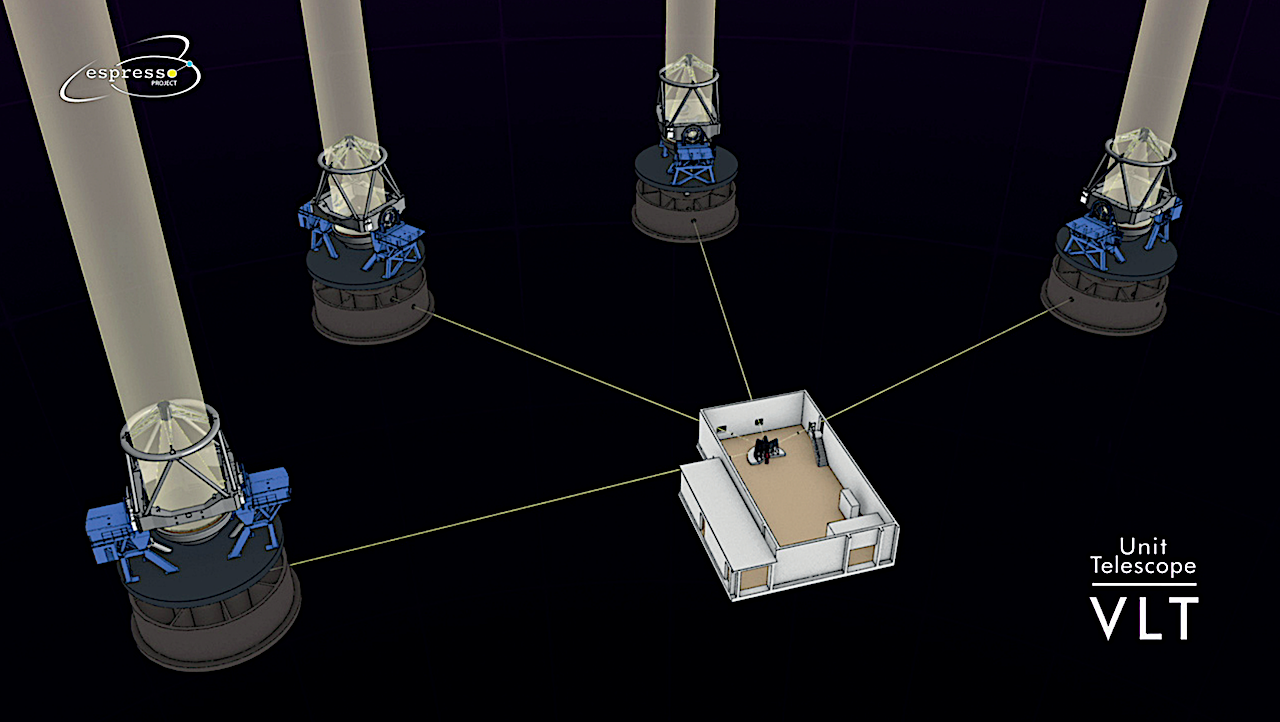
ESPRESSO (Echelle SPectrograph for Rocky Exoplanets and Stable Spectroscopic Observations) is a VLT ultra-stable high resolution spectrograph installed at ESO’s Paranal Observatory in Chile at the end of 2017 and that started regular operations in October 2018.
The spectrograph is located at the VLT Combined-Coudé Laboratory and is able to operate with one or (simultaneously) four 8.2m Unit Telescopes (UTs) through four optical Coudé trains.
Combining efficiency and extreme spectroscopic precision, ESPRESSO has demonstrated to gain about two magnitudes with respect to its predecessor HARPS. ESPRESSO has improved the instrumental radial-velocity precision getting close to the aimed 10 cm/s level, thus opening the possibility to explore new frontiers in the search for Earth-mass exoplanets in the habitable zone of quiet, nearby G to M-dwarfs.
ESPRESSO will be certainly an important development step towards high-precision ultra-stable spectrographs on the next generation of giant telescopes such as the ELT.

Normalized, co-added ESPRESSO spectrum of τ Cet star obtained with the STAR II workflow of the data analysis software (DAS) of the ESPRESSO ESO DAS pipeline using 40 individual HR11 ESPRESSO spectra. This figure has been taken from Pepe et al. (2021). — astro-ph.IM
IMAGE
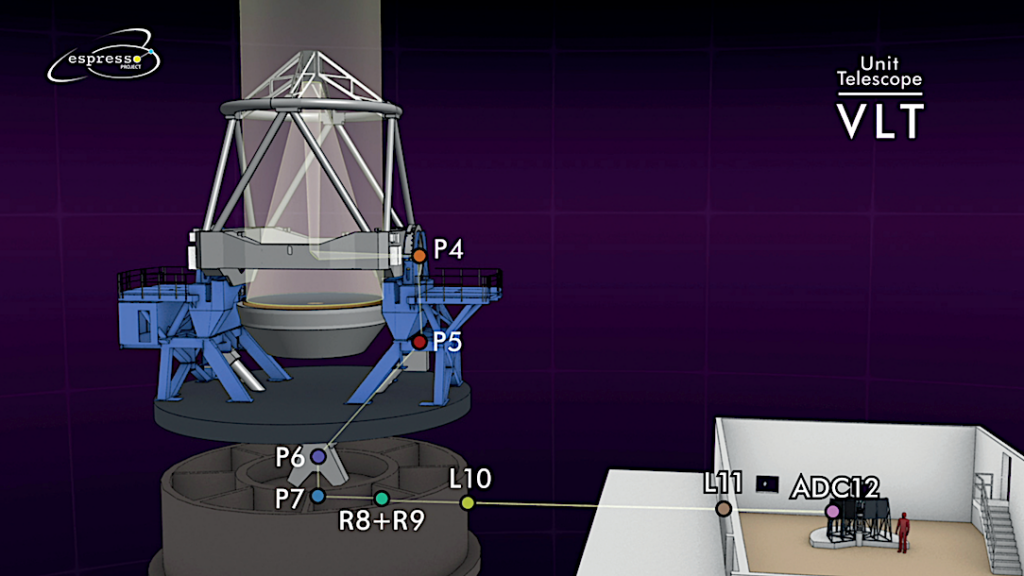
Schematic view of the Coude train of ESPRESSO with the optical path through the tele- ´ scope to the Combined Coude Laboratory. The optical elements are highlighted at different posi- ´ tions along the path from the Nasmyth-B platform to the CCL with P (prism), R (mirror) and L (lens). — astro-ph.IM
Jonay I. González Hernández, Francesco Pepe, Paolo Molaro, Nuno Santos
Comments: To be published in: Handbook of Exoplanets, 2nd Edition, Hans Deeg and Juan Antonio Belmonte (Eds. in Chief), Springer International Publishing AG, part of Springer Nature
Subjects: Instrumentation and Methods for Astrophysics (astro-ph.IM); Earth and Planetary Astrophysics (astro-ph.EP)
Cite as: arXiv:1711.05250 [astro-ph.IM] (or arXiv:1711.05250v2 [astro-ph.IM] for this version)
https://doi.org/10.48550/arXiv.1711.05250
Focus to learn more
Related DOI:
https://doi.org/10.1007/978-3-319-55333-7_157
Focus to learn more
Submission history
From: Jonay I. Gonzalez Hernandez
[v1] Tue, 14 Nov 2017 18:51:34 UTC (7,129 KB)
[v2] Tue, 30 Jan 2024 20:30:53 UTC (7,601 KB)
Astrobiology,


